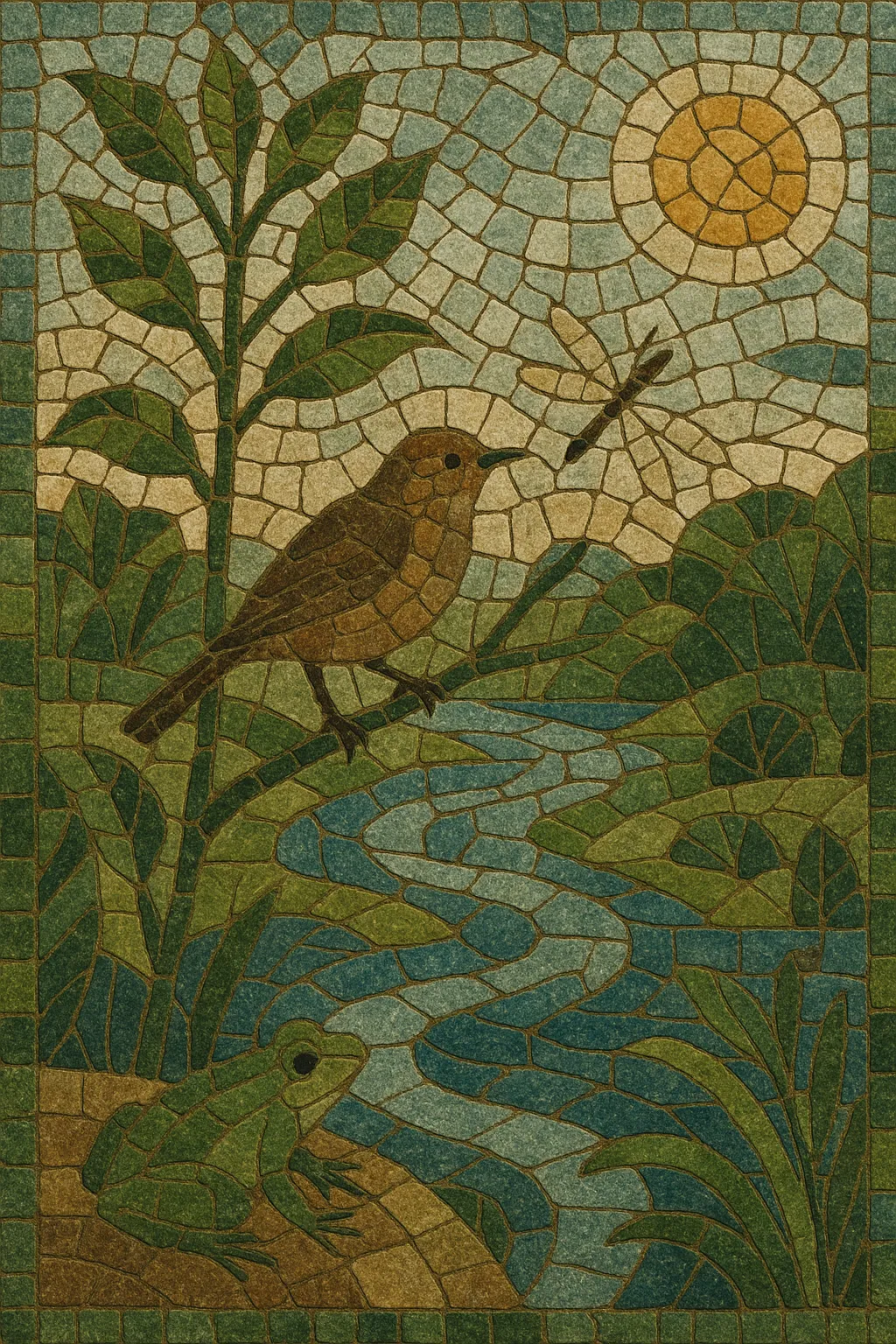Nature recordings are unaccompanied, minimally edited captures of natural soundscapes such as birdsong, wind, rain, surf, rivers, amphibians, insects, and other environmental ambiences. The emphasis is on documentary fidelity, long-form listening, and preserving dynamic range rather than musical composition in the traditional sense.
Releases often present extended, uninterrupted tracks from a single habitat or time window (e.g., dawn chorus, coastal storm, tropical rainforest at night), inviting listeners to experience place through sound. While closely related to field recording and soundscape composition, nature recordings typically avoid added instruments or overt sound design, privileging biophony and geophony with as little anthrophony (human-made noise) as possible.
The roots of nature recordings trace to early field-recording efforts on wax cylinder and shellac. A key pioneer was Ludwig Koch, whose gramophone publications of wild birds in the 1930s helped establish wildlife sound as a legitimate subject for commercial records and scientific documentation.
Postwar portable equipment, parabolic microphones, and quieter tape recorders enabled higher-fidelity outdoor work. Public broadcasters and museums expanded wildlife archives, while commercial LPs of waves, forests, and rain became available for home listening and education.
Irv Teibel’s Environments series (from 1969) demonstrated prolonged, psychoacoustically attentive presentations of surf, storms, and park ambiences for relaxation and focused listening. Dan Gibson’s Solitudes brand popularized location-specific albums and helped define the market for nature-only releases. In parallel, artists and bioacousticians such as Bernie Krause advanced ideas like biophony and soundscape ecology, while recordists across Europe and the Americas issued regional bird and habitat anthologies. This period overlaps with ambient and new age, yet nature recordings retained a distinct, non-musical documentary ethos.
Lightweight, low-noise digital recorders, high-sensitivity mics, ambisonic arrays, and hydrophones broadened scope and fidelity. Recordists like Chris Watson, Gordon Hempton, Jana Winderen, Douglas Quin, and others issued landmark works, sometimes linked to conservation and acoustic ecology. High‑resolution formats, long-form streaming, and apps for sleep or mindfulness expanded audiences, while museum exhibitions and multichannel installations (e.g., The Great Animal Orchestra) brought habitat soundscapes into cultural institutions.


